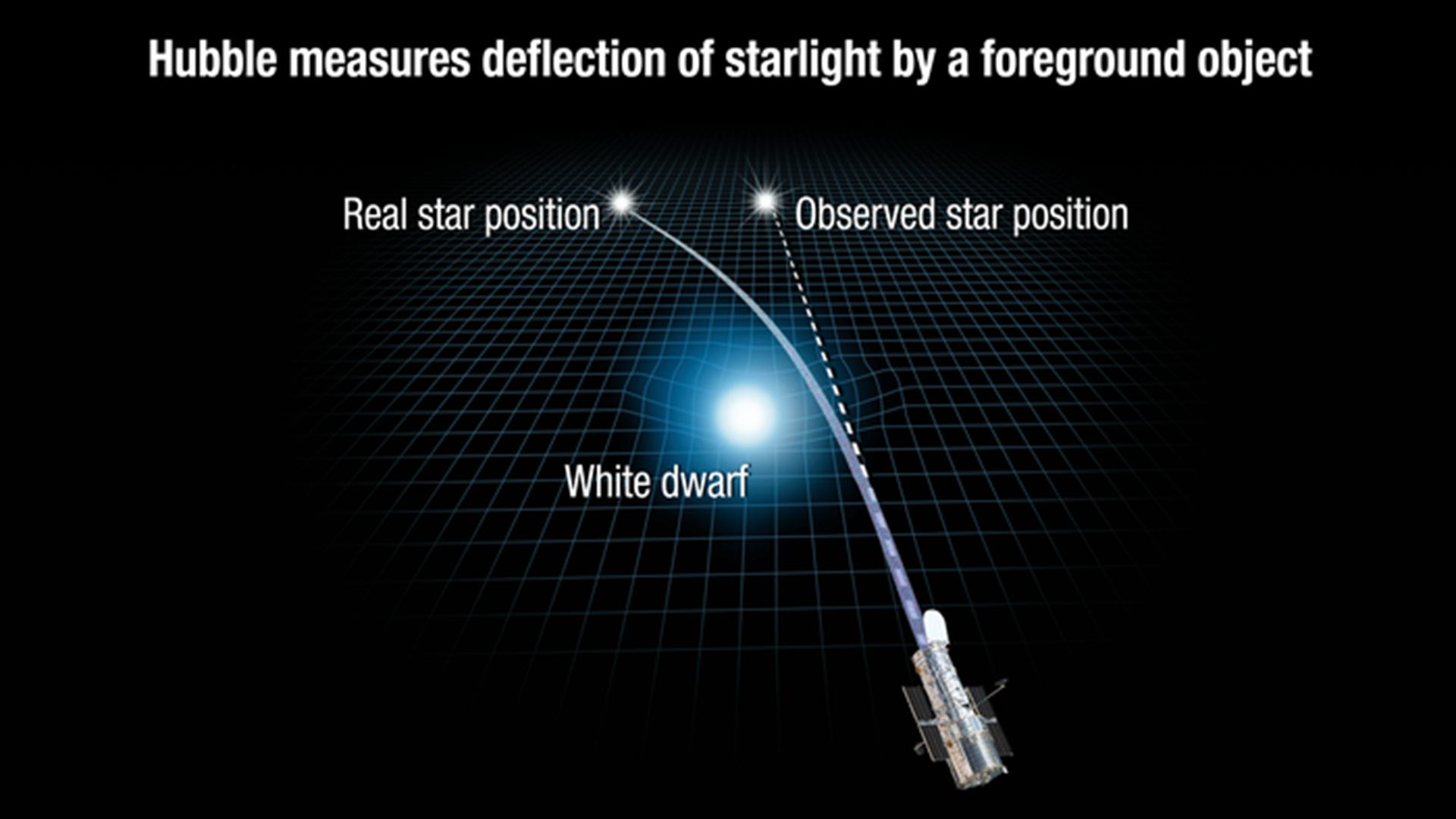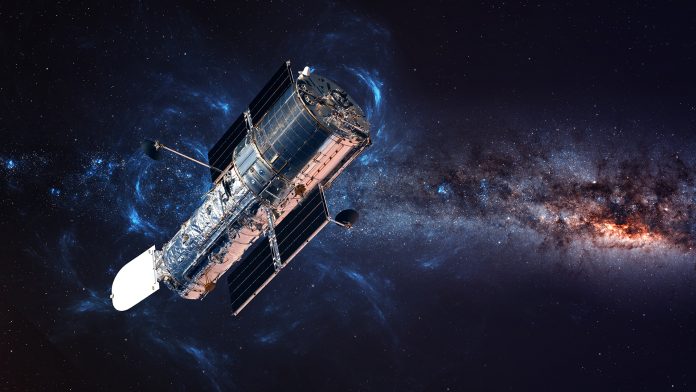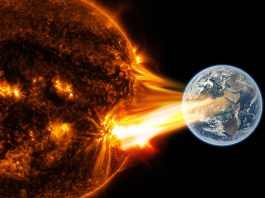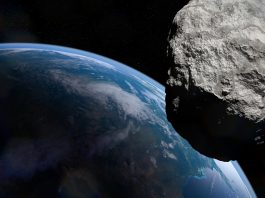NASA’s Hubble Space Telescope has quantified the mass of a white dwarf star directly for the first time ever.
A white dwarf star is a surviving core of a burned-out star – like our Sun. Now, astronomers utilising Hubble have measured the mass of a single, isolated white dwarf – known as LAWD 37, finding that it is 56% the mass of our Sun.
LAWD 37 is the collapsed remnants of a star that burned out one billion years ago and has been extensively studied due to its proximity to Earth – only 15 light-years away in the constellation Musca.
The investigation confirms previous theoretical predictions of the white dwarf’s mass and current theories about how the stars evolve as the end product of a typical star’s evolution.
Peter McGill, the lead author of the study from the University of California, commented: “Because this white dwarf is relatively close to us, we’ve got lots of data on it – we’ve got information about its spectrum of light, but the missing piece of the puzzle has been a measurement of its mass.”
The study, ‘First semi-empirical test of the white dwarf mass–radius relationship using a single white dwarf via astrometric microlensing’, is published in the Monthly Notices of the Royal Astronomical Society.
Gravitational microlensing was key to the discovery
Traditionally, scientists have only been able to measure white dwarfs in binary systems, as simple Newtonian physics can be used to measure the masses of the two co-orbiting stars. However, if the white dwarf’s companion star is in a long-period orbit of hundreds or thousands of years, these measurements are uncertain. Telescopes can only analyse the orbital motion of a star briefly.
To measure the companionless star, the team employed gravitational microlensing. The light from a background star was slightly deflected due to the gravitational warping of space by the foreground dwarf star, and as the white dwarf passed in front of the background star, microlensing caused the star to appear offset temporarily from its actual position in the sky.
Hubble measures white dwarf mass for the first time
Using ESA’s Gaia space observatory, which makes accurate measurements of around two billion star positions, the team were able to predict when LAWD 37 would pass in front of a background star in November 2019.
Hubble was then able to precisely measure over several years how the background star’s position in the night sky was temporarily deflected.

McGill explained: “These events are rare, and the effects are. For instance, the size of our measured offset is like measuring the length of a car on the Moon as seen from Earth.”
Because the background star’s light was so faint, it was difficult for the astronomers to extract its image from the glare of the white dwarf – which is 400 times brighter than the background star. Only Hubble can make these high-contrast observations in visible light.
“The precision of LAWD 37’s mass measurement allows us to test the mass-radius relationship for white dwarfs,” added McGill. “This means testing the theory of degenerate matter (a gas so super-compressed under gravity it behaves more like solid matter) under the extreme conditions inside this dead star.”
He concluded: “Gaia has really changed the game – it’s exciting to be able to use Gaia data to predict when events will happen and then observe them happening. We want to continue measuring the gravitational microlensing effect and obtain mass measurements for many more types of stars.”









